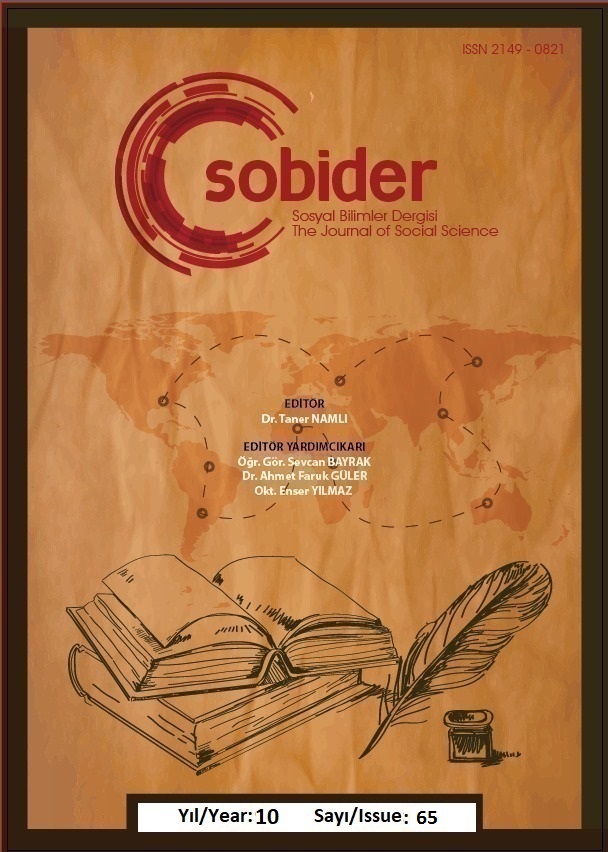علامات البلوغ بين الفقه الإسلامي والتقنيات الطبية الحديثة/MODERN TIP TEKNOLOJILERIYLE MUKAYESELI OLARAK İSLÂM HUKUKUNDA ERGENLIK ALAMETLERI/BELIRTILERI
Author :
Abstract
يبدأ تكليف الإنسان بالأحكام الشرعية عند اكتمال قدراته العقلية والجسدية، وقد ربط الشرع اكتمال هاتين القدرتين بوصفٍ ظاهرٍ ومنضبطٍ، وهو البلوغ. لقد درس فقهاء الإسلام مسألة البلوغ بناءً على مشاهداتهم ومعطيات الطب في زمانهم، أما اليوم فقد مكّنت التقنيّات الطبّيّة الحديثة من دراسة هذه المسألة بشكلٍ أدق، ووضّحت العديد من الجوانب التي لم تكن معلومةً من قبل. يهدف هذا البحث إلى عرض أقوال الفقهاء في علامات البلوغ، والمقارنة بينها وبين ما توصّلت إليها التقنيّات الطبيّة الحديثة في هذا الشأن، والوصول إلى القول الراحج في هذه العلامات ومدى دلالتها على البلوغ. أمّا المنهج المتّبع في هذا البحث فهو المنهج الاستقرائي التحليلي المقارن. وقد تكوّن البحث من أربعة مباحث: الأول في معنى البلوغ وما يترتب عليه من آثار فقهية، والثاني في مذاهب الفقهاء في علامات البلوغ، والثالث في المعارف الطبيّة الحديثة في قضيّة البلوغ، والرابع في المقارنة بين أقوال الفقهاء والمعارف الطبيّة الحديثة، والقول الراجح في علامات البلوغ.
Keywords
Abstract
Sharia judgments are assigned to an individual when his mental and physical abilities are complete, as Islamic jurisprudence related the completion of these two capabilities to an obvious and disciplined description known as puberty. Islamic jurists examined puberty based on their observations and medical facts at the time, but contemporary medical technology has made it feasible to study this topic more precisely and has explained many previously unknown elements. This study tries to offer jurists' sayings about puberty signs, compare them to what relevant medical technology has discovered, and arrive at the most right view about these signs. This study employed the comparative analytical inductive technique. The study consisted of four topics: the first on the meaning of puberty and its jurisprudential implications, the second on jurist doctrines in the signs of puberty, the third on modern medical knowledge in the issue of puberty, and the fourth on a comparison of jurist sayings and modern medical research, and the most correct saying in the signs of puberty.





